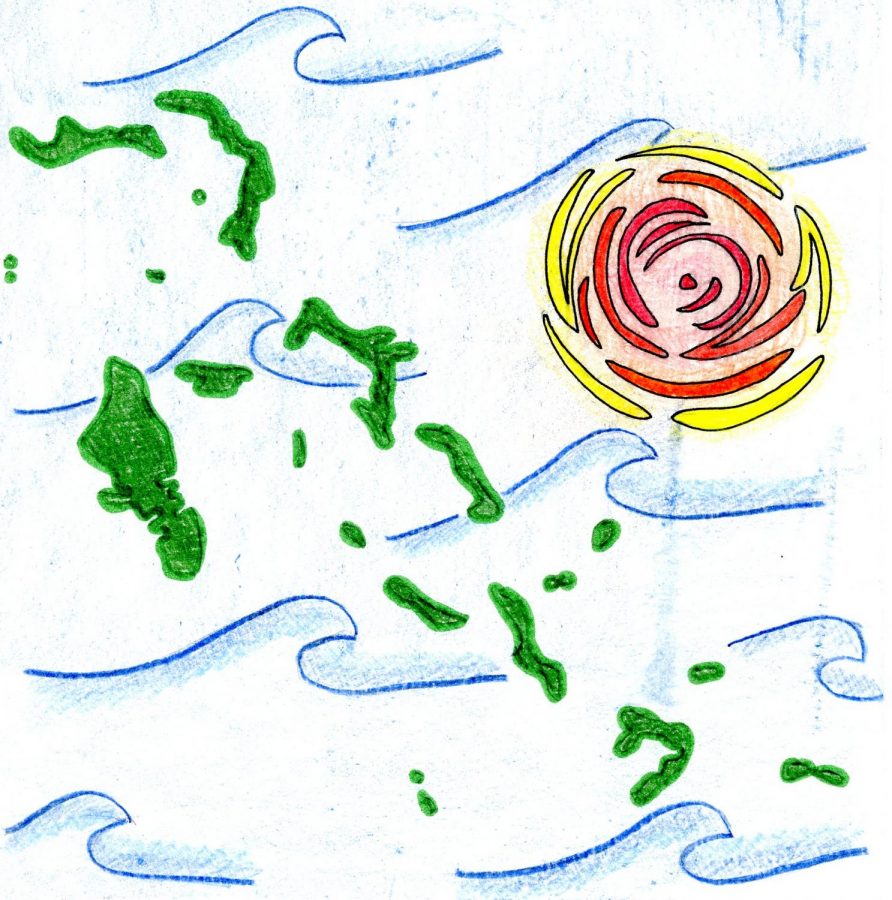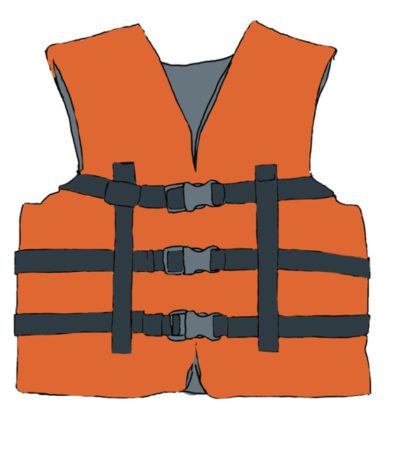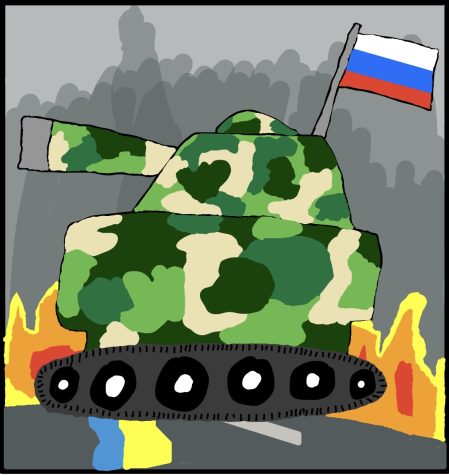Dorian brings stormy close to hurricane season
Look out! Although hurricane season may conclude in November, potential hurricanes may still pose dangers for the inhabitants of the Atlantic Coast. Hurricane Dorian, recorded as one of the most powerful tropical storms since Hurricane Floyd in 1999, has destroyed the Bahamas and created a debt of an estimated 1.5 billion dollars.
Originating as a non threatening dot on the radar, early September weakened the storm as it migrated towards the United States, creating a category 2 hurricane.
“As the tropical storms hit the land they begin to weaken because they lose energy from the warm ocean waters,’’ said physics teacher Mrs. Shirley Dias.
For hurricanes to be formed, the temperature needs to be at least 80 degrees fahrenheit and 156 feet above the ground near the equator. To be considered a hurricane, there are four criteria that have to be met: tropical disturbance, tropical depression, tropical storm, and a category 1 hurricane status.
Tropical disturbance occurs when warm water evaporates and clouds form with clouds higher in the sky with circular movement. Then, tropical depression follows when the air of the clouds becomes unstable and heat is released with winds reaching 25 to 38 mph. A tropical storm is present when the wind reaches 39 mph and the eye of the storm forms. The northmost part of the storm moves counterclockwise, while the southernmost part of the storm moves clockwise. The tropical storm needs to move at least 74 mph and 50,000 feet above the ground to be considered a hurricane.
Hurricanes are classified in 5 categories. Category 4 ranging from 130 to 156 mph winds and category 5 ranging from 157 mph or higher. Hurricane Dorian reached a category 5 status, the most severe category.
“Taiwan calls hurricanes typhoons, they usually occur during the fall season,’’ said sophomore Christine Chen.
As the hurricane season comes to a close, we are reminded of the pain and suffering experienced by the people laying the path of those natural disasters. In the future, organizations such as FEMA and change.org have initiated long term recovery goals to help those recover in economically challenged areas.
Your donation will support the student journalists of Saint Viator High School. Your contribution will allow us to purchase equipment and cover our annual website hosting costs.








